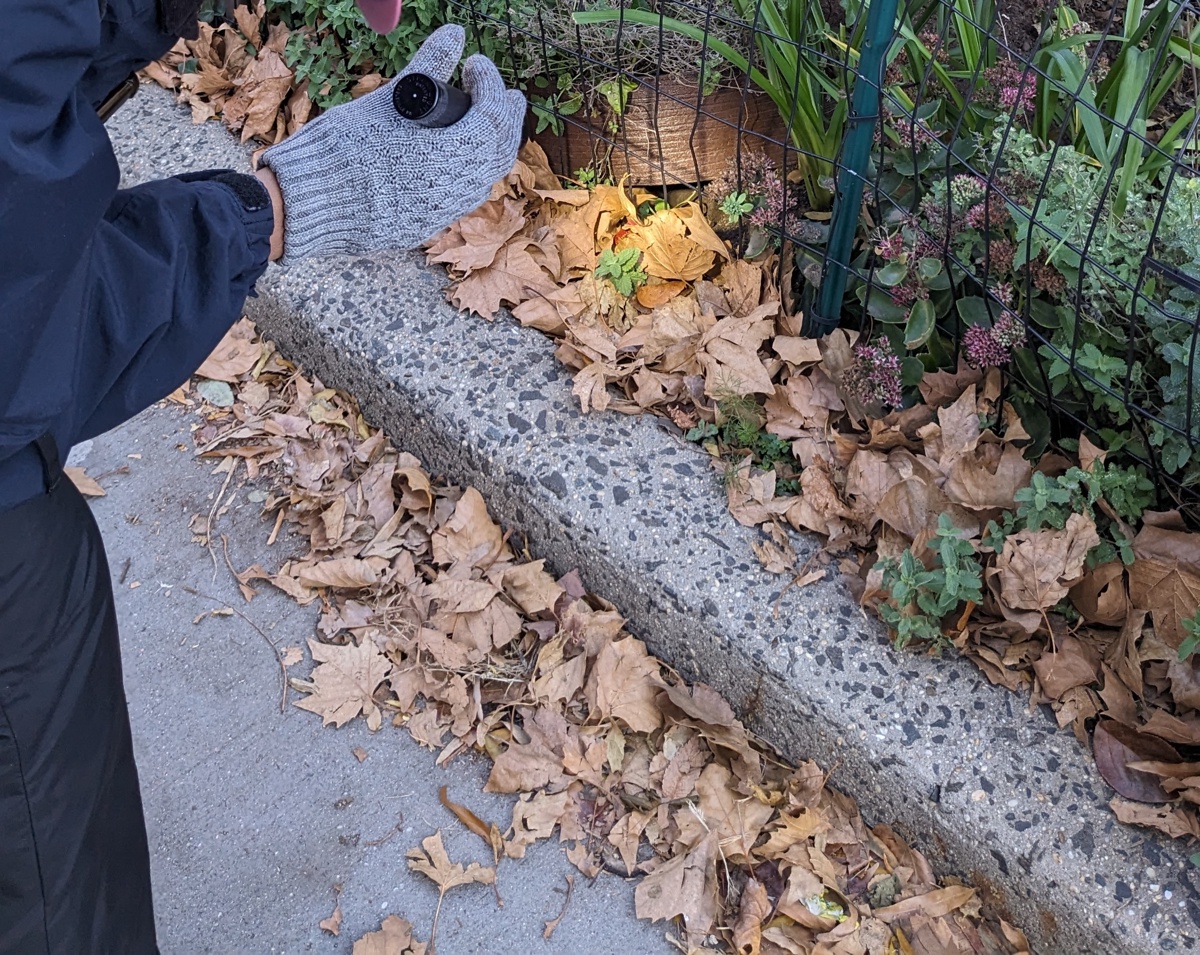Inspection data are the key to controlling NYC’s rats

Rats are one of New York City’s hottest topics. You see them on the news, while scrolling on social media, and you’ve probably spied more than a few on your commute. We all want to know where in the city the rats are worst, and if the rats are multiplying or their numbers are declining.
Each year, the Health Department gets about 40,000 complaints about rat activity through 311 (you can explore these data on NYC Open Data). But complaint data — how many 311 complaints, and what neighborhoods have the most complaints — doesn’t give us a full picture of rat activity in NYC. Some neighborhoods with high levels of rat activity don’t always generate a lot of complaints, and some neighborhoods with a lot of complaints don’t always have a high level of rat activity.
So how do we get a clear picture of neighborhood-level rat activity? With inspection data.
Inspections are the building blocks of rat control
Health Department inspectors conduct about 150,000 rat inspections each year. Some of these inspections are reactive, in response to a rat complaint. Others are proactive, conducted because we know from experience that there’s a high level of rat activity in the area.
You can read more about the inspection process here.
Inspection data helps give us a well-rounded look at rat activity across New York City.
It shows us both the percentage of properties inspected in a neighborhood, and the percentage that failed inspections. These failures could be for active signs of rats or rat-friendly conditions like open trash.
In some neighborhoods, rat activity is much more common. For example, in Highbridge and Concourse, 47.3% of the locations inspected “failed” because they had signs of rats, whereas in Greenwich village and Soho, only 9% did. High failure rates combined with high inspection rates tell us that there is a lot of rat activity in a neighborhood overall. These data also provide a more reliable way to compare different neighborhoods than just looking at data showing which neighborhoods have more complaints.
Managing rats through neighborhood-level action
When you look at inspection data, you’ll see that in some neighborhoods, all or most of the properties have been inspected. In areas with high rat activity, the Health Department uses a process called indexing, where we inspect every single property in a targeted area (from a few blocks to a whole neighborhood).
This approach helps us address problem areas most efficiently. Think about it: If one property owner cleans up but a neighbor doesn’t, the block still has a rat problem. But if a whole block starts to address conditions that help rats thrive – cleaning up garbage, sealing burrows, and repairing holes in buildings – that can make a dent in the rat population.
This neighborhood-level approach means that rat problems can be tackled block by block instead of property by property (or rat by rat).
The Health Department designates some areas that have a high burden of rats as Rat Mitigation Zones (RMZ). In an RMZ, the Department conducts indexing, provides extra support to property owners and businesses, and works with multiple NYC agencies to reduce rats on public property.
To get inspection data for individual properties, visit the Rat Information Portal, where you can find out when a property was last inspected, whether it passed or failed, and more information.
Rats may be a fixture of city life, but as we work together to reduce their numbers and make our communities more livable, these tools can help us understand what’s happening throughout our city, boroughs, and even our blocks.
NYC Health Department
Published on:
August 4, 2025